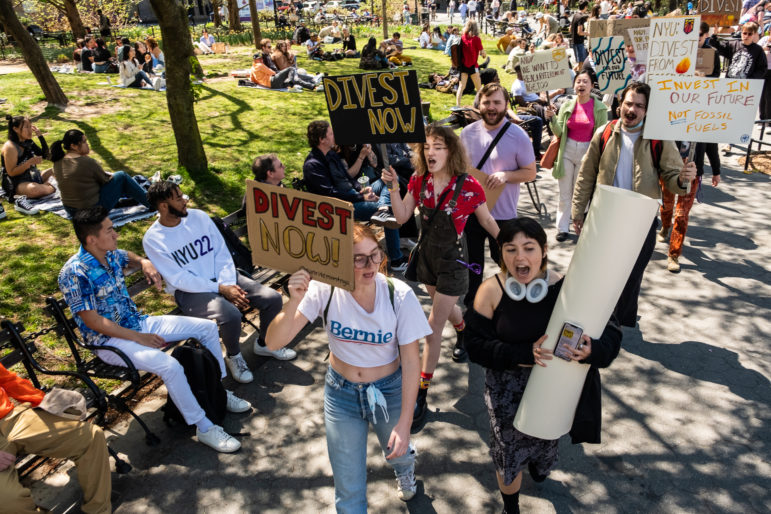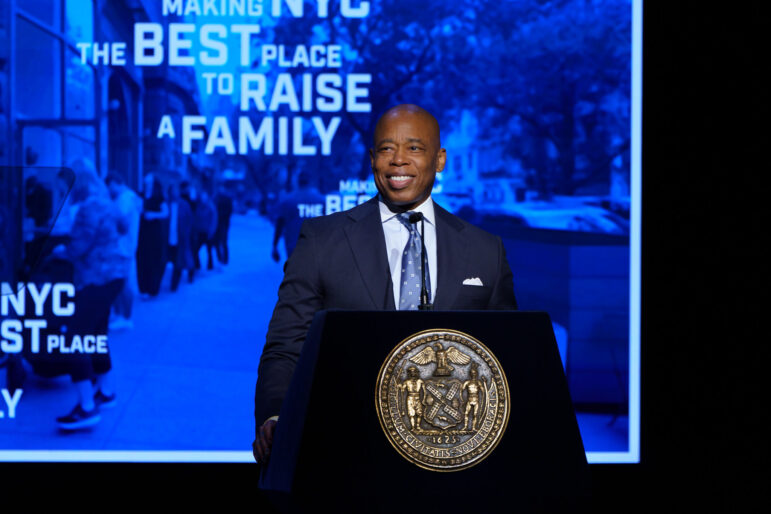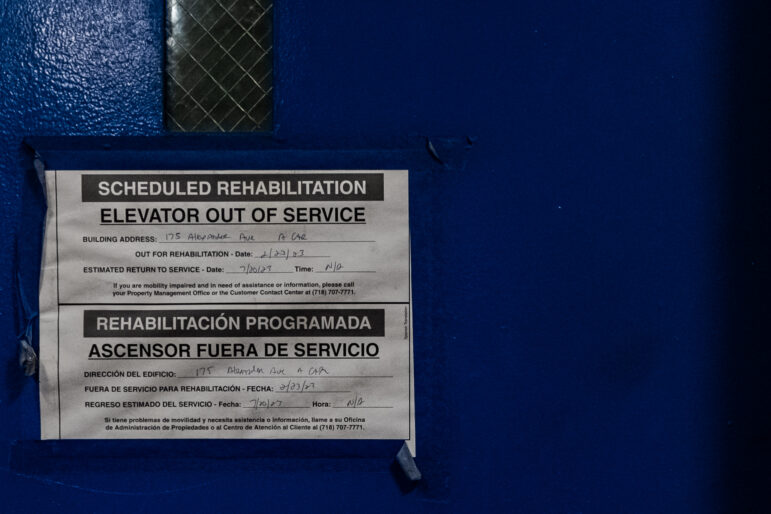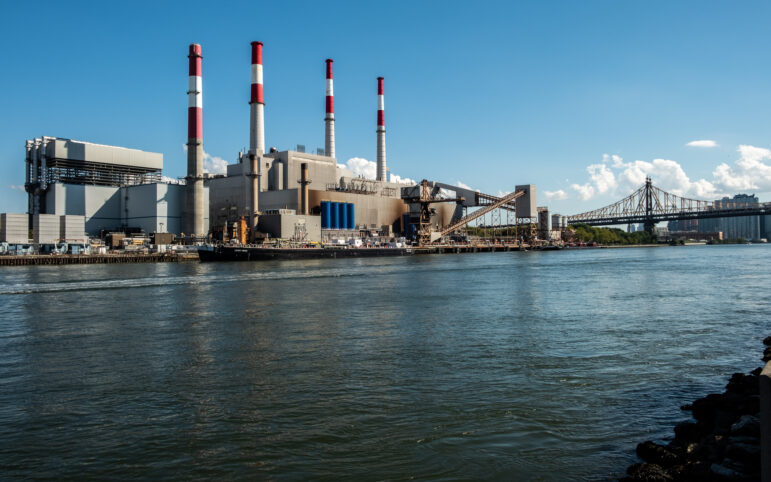Yes, it has been that long. Twice as long as Ed Koch’s terms and more than three times as long as Giuliani’s. City Limits began in the age of homesteading, sweat equity, development subsidies, community organizing, redlining and the fiscal crisis. It has endured into the era of public-private partnerships, affordable housing tax credits, homeownership, predatory lending, privatization, welfare reform, and movements for environmental justice and corporate accountability.
An essential engine of this transformation–the Community Reinvestment Act, requiring banks to invest in the neighborhoods they profit from–won progress for the community development movement that produced and nurtured City Limits, and that City Limits in turn helped build. Less welcome changes arrived like a breakup letter from a government that held that all but the most basic civic infrastructure must be delivered through private enterprise, not public investment.
And so schools still send children into the world unprepared–and they live the paradox of high unemployment in a city whose economy provides vast opportunities to skilled workers. Housing remains scarce, ill-maintained, unaffordable and segregated. Adequate health and child care, living wages, space and time to create and enjoy culture–for many New Yorkers, those basics remain luxuries that are perpetually out of their price range.
The last 25 years have also brought troubles to New York and the rest of urban America that couldn’t be imagined before. AIDS, crack and guns tore their way through neighborhoods, devastation made all the more awful because most victims were almost as helpless as they were poor. Those have now been joined by a brutal force from the other side of the globe, which has stirred hatred of immigrants within the city’s borders and brought uncertainty, disruption and devastation to people who had hoped that in New York they could finally be safe.
Over the years, City Limits has been on the front lines. But the stories in the magazine always belonged to those who actually lived them. They are the people of New York, the groups and alliances they formed, the battles they fought for themselves and for others, the neighborhoods they lived in and helped keep going. What became of them? Which hopes and visions grew to reach others, or even embrace a new generation? Which ones fizzled out, from despair, politics, budget cuts or hubris? Who has carried on, comforted by the knowledge that they have faced the worst of the world and still made it a better place?
Read on, and never stop asking.
December 1996
Empowerment Zones Out
By Gillian Andrews
October 1996
A Teen in Trouble Finds a New Hang
By Megan Costello
August/September 1996
In The East Village, Rehab Is a Family Affair
By Megan Costello
June/July 1996
The Founder of a Needle Exchange Dies from a Dose
By Julia Lyon
November 1991
The Grandmother of Loisaida Fights to Keep Her Title
By Hilary Russ
February 1990
A Homeless Mother Wrangles with the City
By Megan Costello
August/September 1990
Home Health Workers Take Care of Business
By Abigail Rao
April 1989
People with AIDS Suffer a Second Epidemic: Homelessness
By Daniel Hendrick
June/July 1988
Wronged Residents Form Their Own Salvation Army
By Hilary Russ
November 1987
City Condemns Concourse Apartments
By Seth Solomonow
November 1986
A Union for the Homeless Takes Hold
By Hilary Russ
March 1985
Job Training Opens Doors for the Homeless
By Daniel Hendrick
March 1980
Tenants Turn a Dump Into a Dream
By Larry Schwartztol
December 1979
Dilapidation and Death on Avenue C
By Seth Solomonow
February 1975
Adding the Final Touch: A Windmill and Solar Panels
By Abigail Rao








